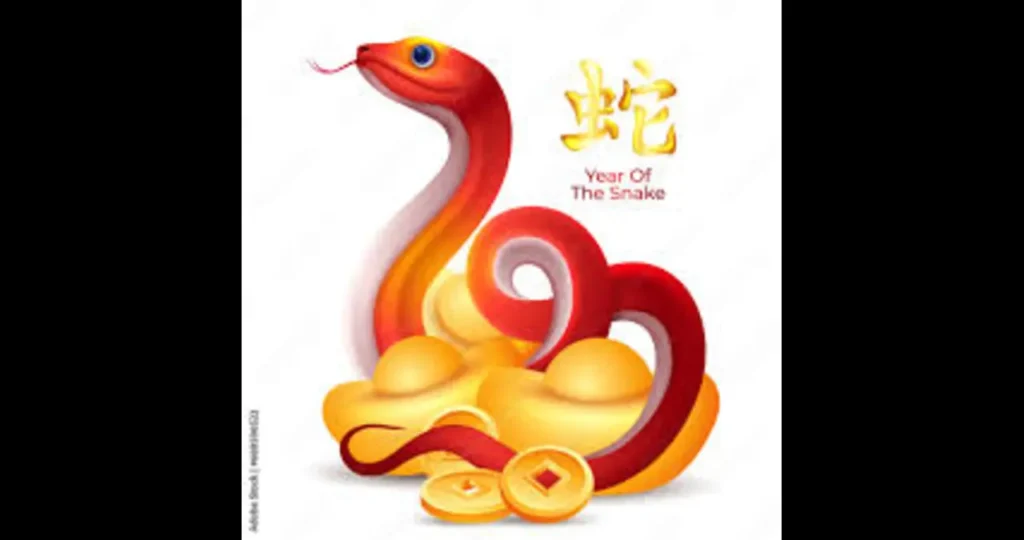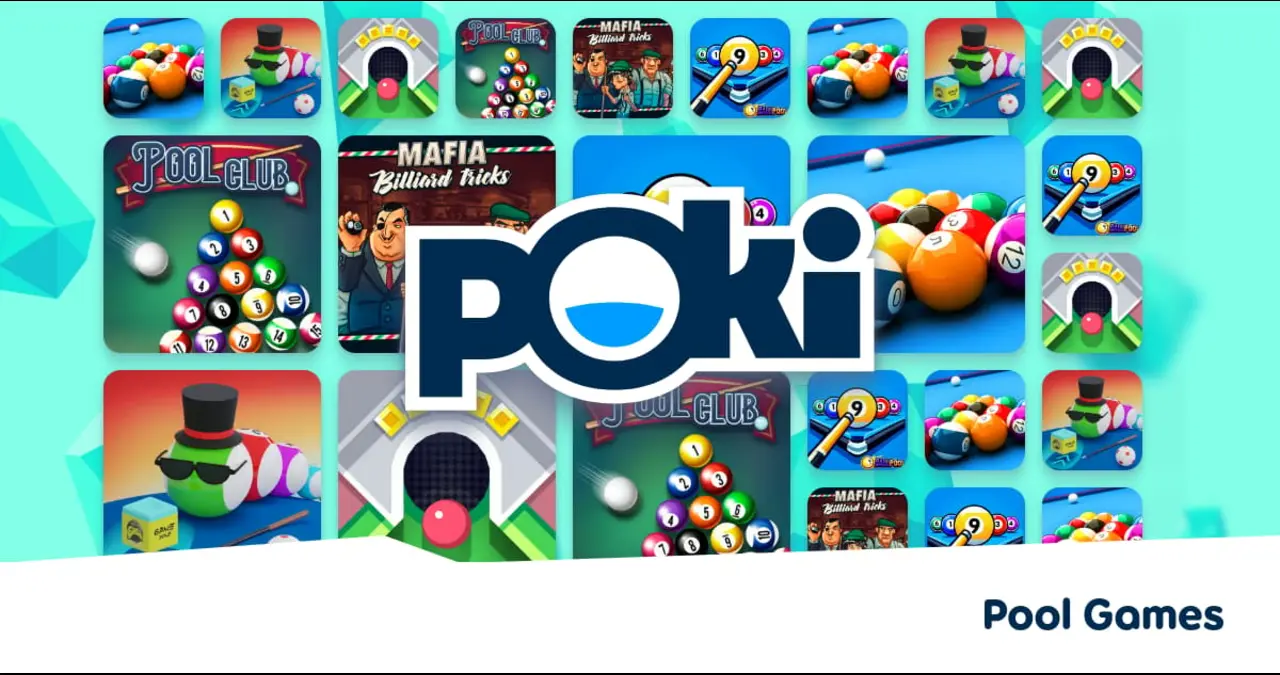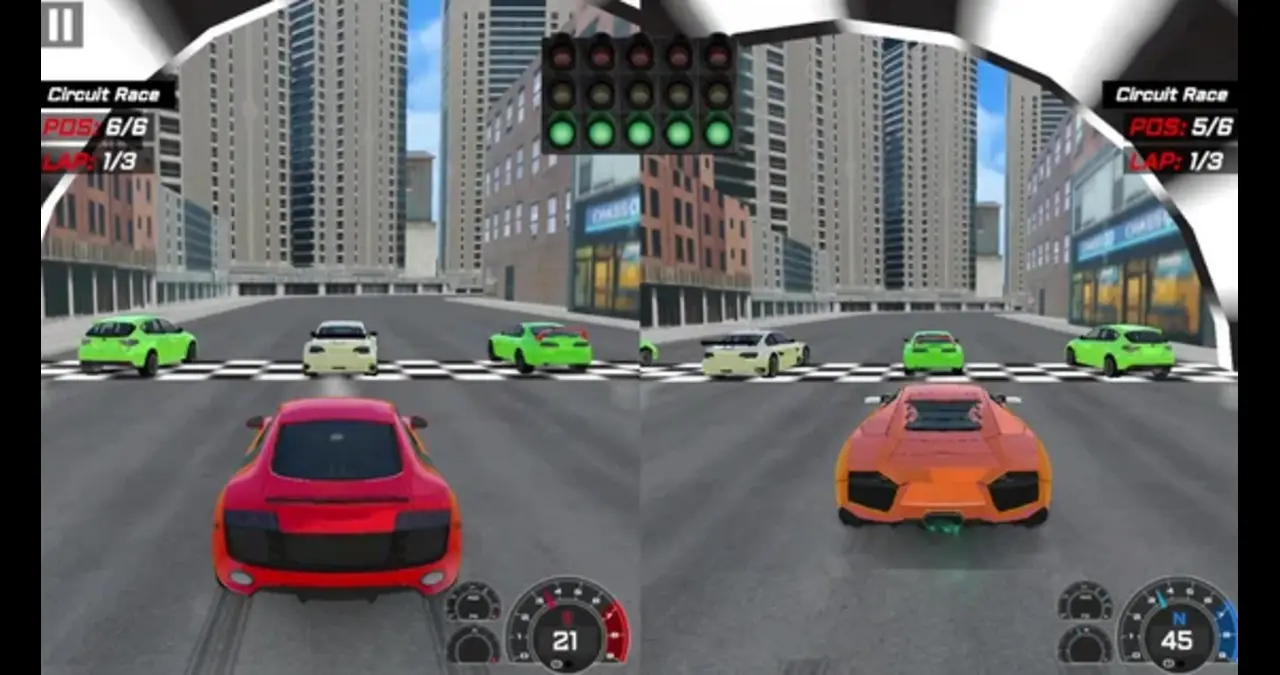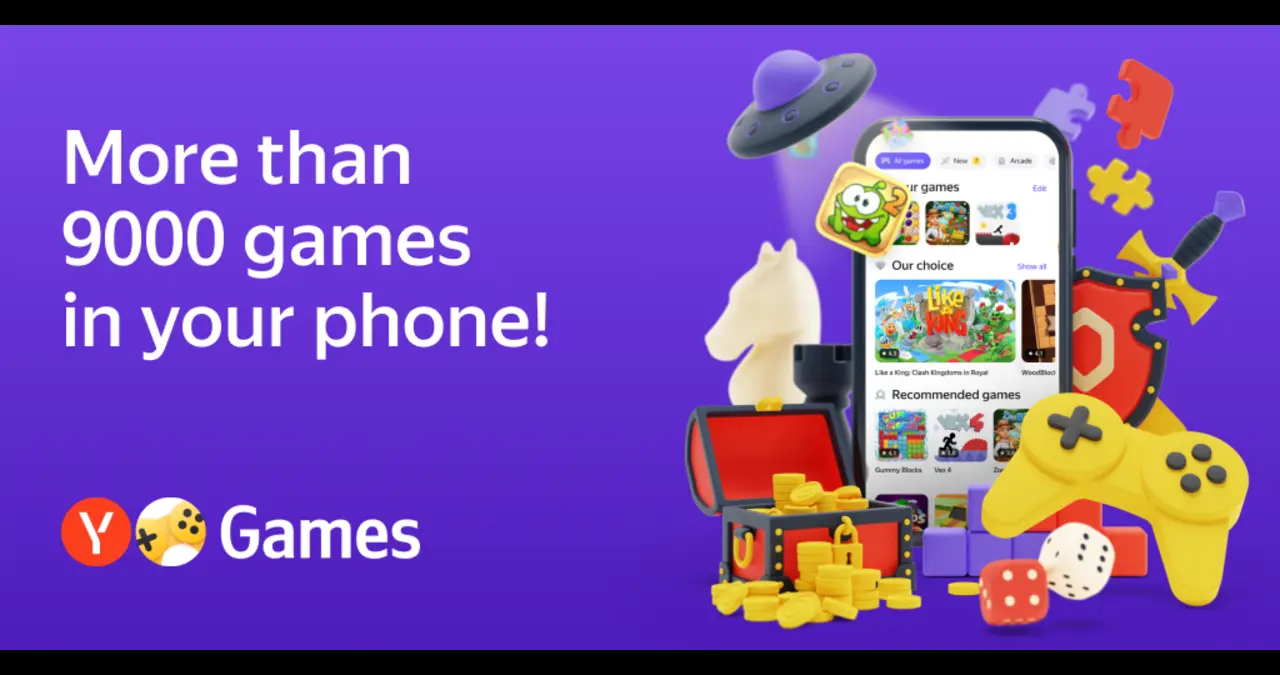Year of the Snake In 2025, Google commemorated the Lunar New Year with a delightful twist by introducing an interactive Doodle game celebrating the Year of the Snake. This engaging game not only paid homage to the traditional Snake game but also intertwined cultural elements, offering users a unique blend of nostalgia and festivity.
The Cultural Significance of the Year of the Snake
The Chinese Zodiac comprises twelve animals, each representing a year in a twelve-year cycle. The Snake, the sixth animal in this cycle, symbolizes wisdom, intuition, and transformation. Individuals born in the Year of the Snake are often associated with qualities such as intelligence, gracefulness, and analytical thinking.
Celebrating the Year of the Snake involves various traditions aimed at ushering in prosperity and good fortune. Families gather for reunion dinners, homes are adorned with red decorations, and red envelopes containing money are exchanged. These practices are deeply rooted in cultural beliefs and are integral to the Lunar New Year festivities.
Google’s Innovative Approach to Lunar New Year Celebrations
Google has a history of marking significant cultural events with creative Doodles, and the Year of the Snake was no exception. The 2025 Doodle featured an interactive Snake game, reminiscent of the classic mobile game that captivated users in the late 1990s and early 2000s. This modern rendition not only evoked nostalgia but also introduced the game to a new generation.
The Doodle’s design incorporated Year of the Snake Chinese motifs, with the snake depicted in vibrant colors against a backdrop of festive elements. This fusion of classic gameplay and cultural symbolism provided users with an immersive experience that celebrated both technological innovation and cultural heritage.

Gameplay Mechanics and Features
The Year of the Snake Doodle game maintained the core mechanics of the original Snake game: players navigate a snake to consume items, causing it to grow longer, while avoiding collisions with the walls or its tail. However, Google enhanced the experience with several modern features:
- Customization Options: Players could personalize their snake’s appearance, choosing from various designs and colors, adding a personal touch to the game.Daily Challenges: The game introduced daily objectives, encouraging users to return regularly and engage with new tasks, thereby increasing replayability.Cultural Elements: Items collected by the snake included traditional Chinese symbols, such as lanterns and red envelopes, further embedding cultural significance into the gameplay.
Educational Value and Cultural Awareness
Beyond entertainment, the Doodle served an educational purpose by promoting awareness of Chinese culture and the significance of the Lunar New Year. By integrating cultural symbols and traditions into the game, Google provided users with insights into the festivities associated with the Year of the Snake.
This approach aligns with Google’s broader mission to make information universally accessible and useful. By leveraging interactive media, the company effectively disseminated cultural knowledge in an engaging and accessible manner.
User Reception and Impact
The Year of the Snake Doodle game was met with widespread acclaim. Users appreciated the nostalgic nod to the classic Snake game, the cultural integration, and the engaging gameplay. Social media platforms were abuzz with discussions and high-score competitions, highlighting the game’s popularity and its role in bringing people together during the festive season.
Moreover, the Doodle exemplified how technology can be harnessed to celebrate cultural events, fostering a sense of global community and shared experience.
Conclusion
Google’s Year of the Snake Doodle game stands as a testament to the company’s innovative spirit and commitment to cultural celebration. By blending classic gameplay with rich cultural elements, Google provided users with an experience that was both entertaining and enlightening. As we continue to navigate the digital age, such initiatives highlight the potential of technology to bridge cultural divides and bring people together in celebration of shared traditions.



